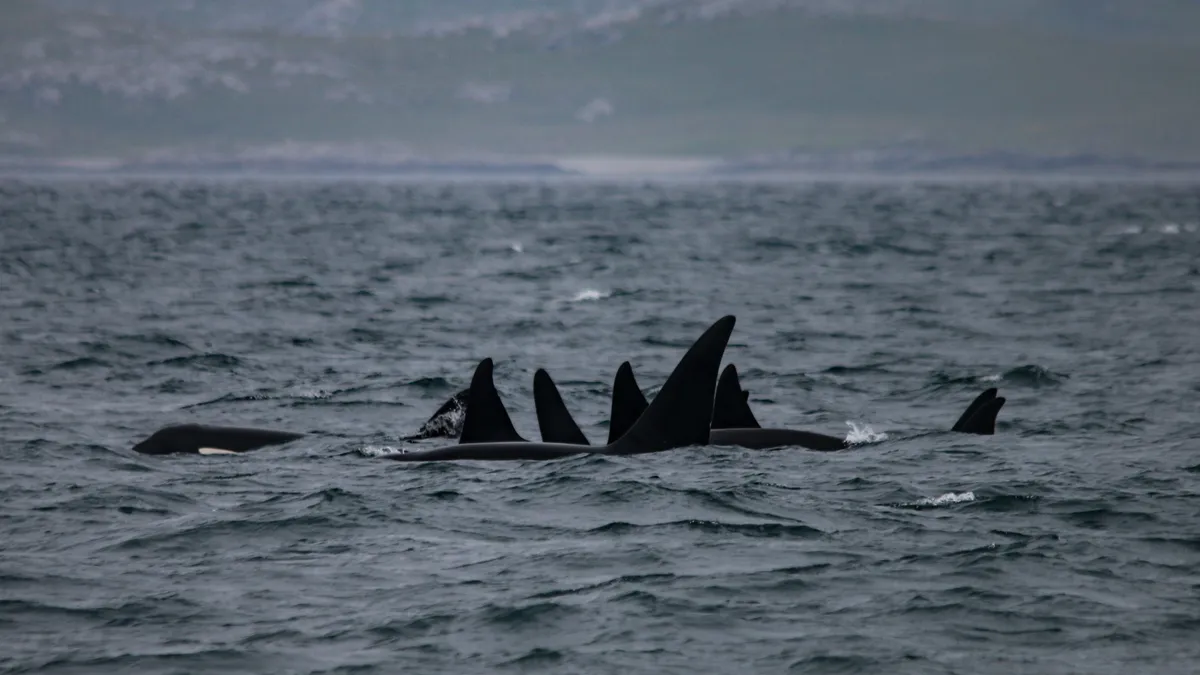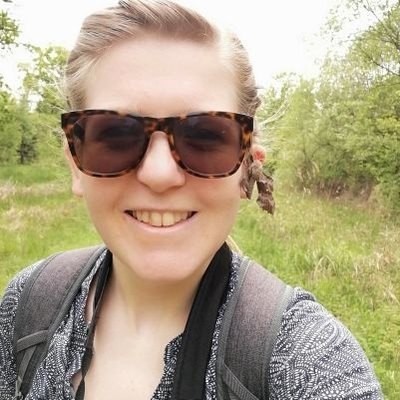A significant discovery has been found thanks to the photographs taken by a researcher in 2018 and a citizen scientist in July this year, and the photo identification catalogues that have been collated of orcas in both Scotland and Norway.
Asmund Aasheim, a citizen scientist in Norway, photographed six orcas in Børøyfjorden in southern Norway, and sent his pictures to the Norwegian Orca Survey.
There Dr Eve Jourdain spotted that the orcas looked different to other Norwegian records, based on the colouration of the animals' backs, and decided to look at other catalogues.
“From the moment I first took a look at Asmud’s photos, I knew these killer whales were “different” from our Norwegian killer whales,” says Dr Jourdain.
“Following our routine protocols, I tried to identify them from our Norwegian Catalogue anyway, but as expected, I found no match. When it came to mind that I should browse through the Scottish Catalogue, I had a strong feeling that I would find them there. And, bingo! It was incredible to find this first photographic match between Norway and Scotland!”

Three of the individuals from the pod of six were confirmed by the researchers at the Hebridean Whale and Dolphin Trust and the authors of the Scottish Killer Whale Catalogue as having been seen previously in Scottish waters, and having belonged to a mysterious pod that was spotted off Vatersay on Scotland's west coast in June 2018.
At that time, the orcas were seen by researchers on board the Trust's yacht, called the Silurian, at a distance of just 300 metres. They were photographed by the Trust's science officer Becky Dudley.
“This latest sighting really highlights how crucial citizen science is to help us monitor the movements of highly mobile and wide-ranging animals such as whales and dolphins, and demonstrates the need for long-term monitoring,” says Dr Lauren Hartny-Mills, science and conservation manager at the Trust.
“We still have so much to learn about whale movements, and it’s fascinating to be able to add another important piece to the puzzle. Through working with citizen scientists and by collaborating with colleagues from Scotland, Norway and beyond, we really hope to learn more about this group.”
